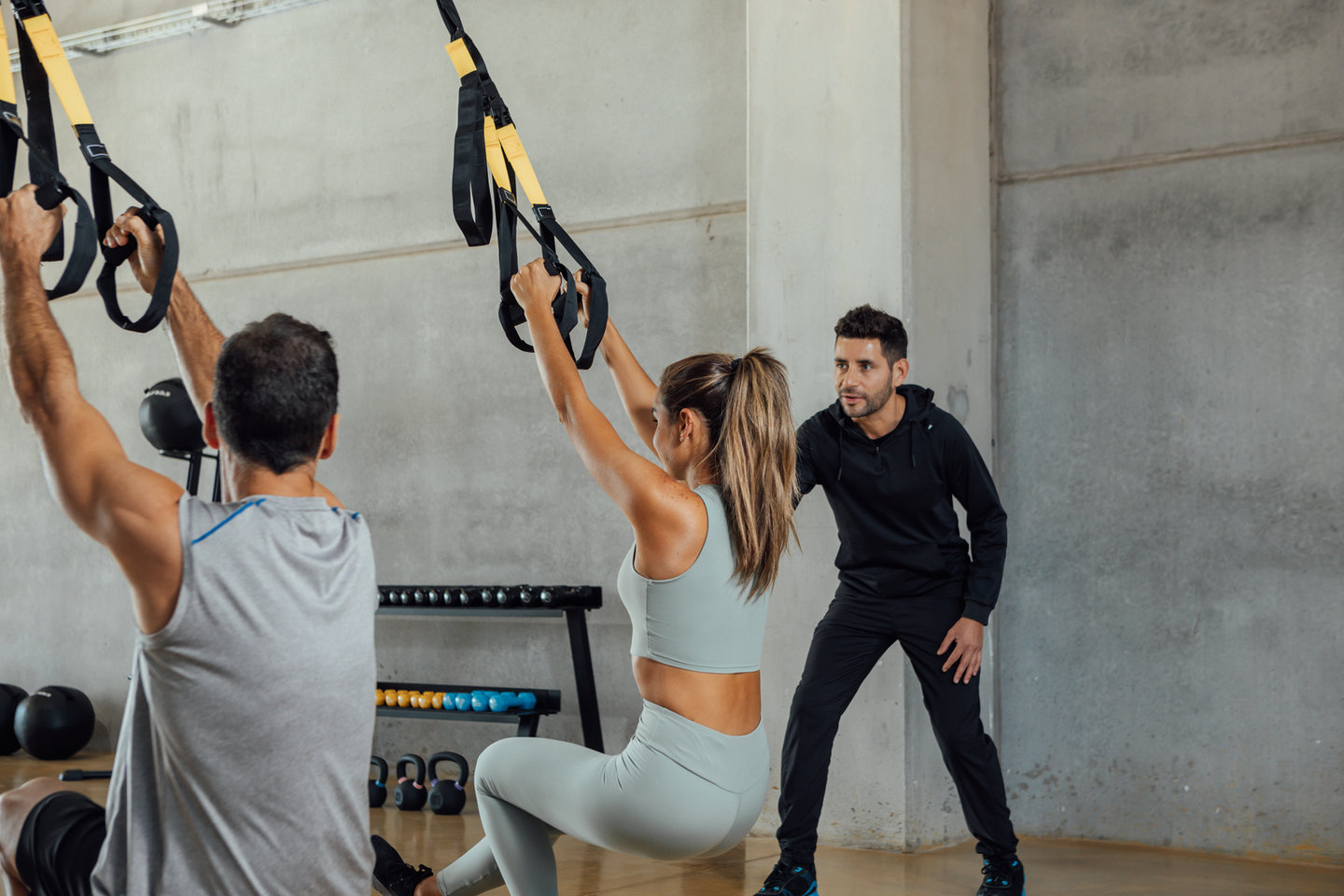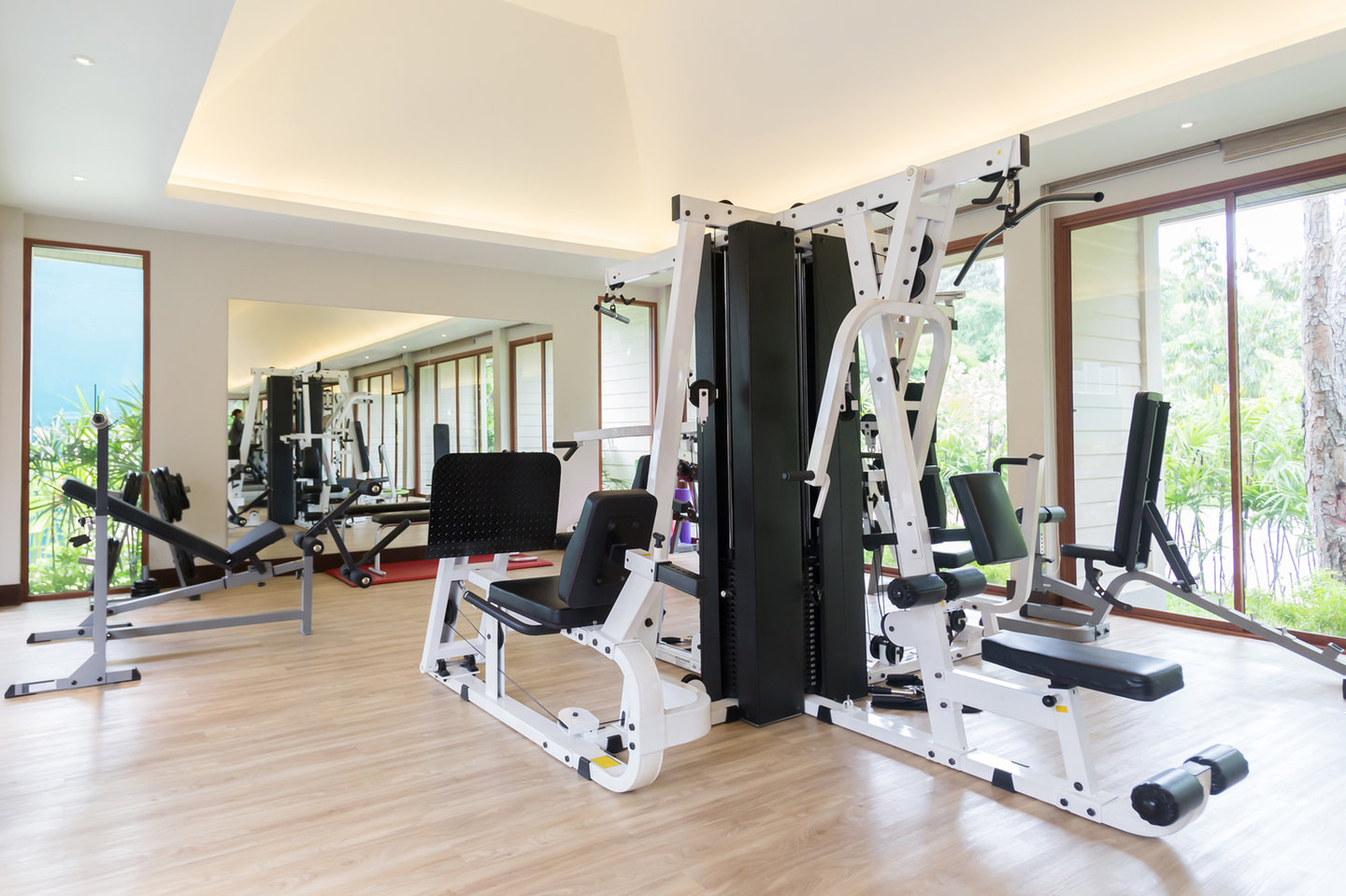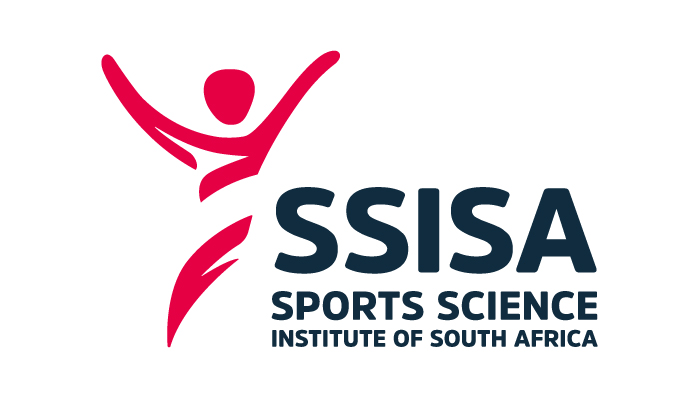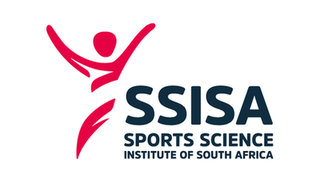As we know, the so-called fitness industry is awash with new businesses and apps offering an array of products based on what’s currently in vogue.
However, chasing trends for trends’ sake, is not only counterproductive, it is also reckless - at the very least because it goes against the very tenets of sports science to instead prescribe a one-size-fits-all approach to a diverse client base.
Instead, when an institution or trainer prescribes exercise, it should be based on the best available peer-reviewed evidence. The trainee should have peace of mind that what they are being put through is appropriate for them, and that it is designed with their health, safety and end goal in mind.
Most people who are not competitive athletes want to shape up. What does this mean? It means they want to develop fitness while changing their body composition - they want to lose weight and hold onto, or build, lean muscle tissue. Beyond this, they want their standard of life to improve - it is becoming widely acknowledged that exercise is one of the best ways to mitigate and deal with a range of comorbidities that have become prevalent in our modern age.
In pursuit of this fat loss and health improvement, High-Intensity Interval Training (HIIT) has shown up time and time again in various guises. This is bittersweet because it holds immense promise from a time versus result perspective, as well as having greater health benefits than other modalities, such as Moderate Intensity Continuous Training (MICT). However, some trendy and popular group training classes - predominantly not run by suitably qualified personnel and often online - simply “bang out” so-called high-intensity training without much care for how the trainees are performing the exercise.
Lately, there have been a few articles in international publications, some of them syndicated in South Africa, that either promote or criticise HIIT. There’s no point in jumping on bandwagons and seeing who can shout the loudest. Rather, our approach at SSISA Academy is to consider the science and take a measured approach based on evidence.
What does science say?
It is unclear if HIIT or Sprint Interval Training (SIT) is better than MICT for fat loss, however it is more time efficient and has greater health benefits.
HIIT is defined as ‘near maximal’ efforts generally performed at an intensity that elicits 80% (but often 85–95%) of maximal heart rate. HIIT is sometimes called aerobic interval training, and protocols typically employ bursts of activity lasting between 60 and 240 seconds, which implies that the majority of energy is being supplied by their oxidative energy system, however, the intensity is still extremely strenuous.
For most individuals, this may equate with an intensity that, if undertaken without rest, could otherwise be sustained for approximately 5-10 minutes before fatigue. The intermittent nature allows enough recovery for multiples of these efforts to be accumulated.

SIT is characterised by efforts performed at intensities equal to or greater than the pace that would elicit VO2max including all-out or supramaximal efforts.
When compared on a matched-work basis or when estimated energy expenditure is equivalent, HIIT can serve as an effective alternative to traditional endurance training, inducing similar or even superior changes in a range of physiological, performance and health-related markers in both healthy individuals and diseased populations (Wisloff et al. 2007; Tjonna et al. 2009; Hwang et al. 2011).
Less is known regarding the effects of low-volume HIIT, but growing evidence suggests this type of training stimulates physiological remodelling comparable with moderate-intensity continuous training despite a substantially lower time commitment and reduced total exercise volume (Gibala& McGee 2008).
Beyond this, recent evidence suggests that HIIT is perceived to be more enjoyable than moderate-intensity continuous exercise (Bartlett et al. 2011). This alone provides a clue as to why those that have embarked on programmes that include HIIT, such as the SSISA Academy Shape-Up programme, do so well at sticking to it and achieving their goals.
Numerous meta-analyses have reported that HIIT leads to improvements in body composition in healthy adolescents and adults. It has also been shown in several intermittent and continuous exercise studies in obese adults that HIIT tends to elicit a greater reduction in total body and fat mass, as well as lead to a reduction in fasting plasma insulin levels (Coquartet al., 2008).

This brings us to MICT, which describes exercise that is performed in a continuous manner and at lower intensities than HIIT. These are traditional exercise protocols performed continuously at a steady state for a set duration (usually 20–60 min). Moderate-intensity activity is defined as an intensity that elicits a heart rate response of 55–69% HRmax or elevates the rate of oxygen consumption to 40–59% of VO2max (Norton et al., 2010).
Short-term moderate-intensity to high-intensity exercise training can induce modest body composition improvements in overweight and obese individuals without accompanying body-weight changes. HIIT and MICT show similar effectiveness across all body composition measures suggesting that HIIT may be a time-efficient component of weight management programs (Wewege et al., 2017).
Analyses comparing MICT with HIIT/SIT protocols of lower time commitment and/or energy expenditure tended to favour MICT for total body fat reduction. HIIT and SIT appear to provide similar benefits to MICT for body fat reduction, although not necessarily in a more time-efficient manner. (Norton et al., 2010)
It is therefore of critical importance that misrepresentation of HIIT as a tool to assist health and wellness is understood in context - many trainers through their own personal preference tend to approach exercise and public commentary with a pre-existing confirmation bias.

We know, through considering the literature available, that while it is unclear whether HIIT elicits greater or less fat loss than traditional moderate intensity exercise, the health benefits that it elicits are superior. Beyond this, the convenience factor of completing full workouts in a smaller amount of time makes HIIT very attractive to the modern person, juggling a 9-5 job with family and other pressures. That HIIT is perceived as more enjoyable is important, because who is going to stick to something if they hate it?
For more information about the above, we encourage you to get in touch with SSISA atinfo@ssisa.com where we will put you in touch with a registered biokineticist who will address your individual needs.
Visit www.ssisa.com to see more about the Sports Science Institute of South Africa.

BACK TO TOP
